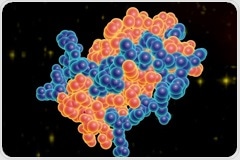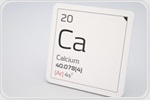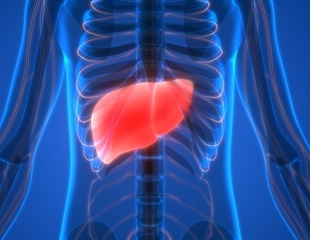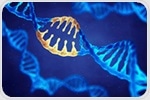
|
|
|
| |

|
|
| |
The latest rare diseases news from News Medical |
|
|
|
 | | |  Lipodystrophy: The Importance of Awareness Lipodystrophy: The Importance of Awareness
An interview with Rebecca Sanders on behalf of World Lipodystrophy Day on 31st March 2018, disussing what Lipodystrophy is, living with Lipodystrophy and the relationship between lipodystrophy and leptin.
| |
|
|
|
|
 | | |  Intake of magnesium through diet and supplements is positively associated with bone density throughout the whole body, particularly in older white adults, according to research published in the Journal of the American Geriatrics Society. Intake of magnesium through diet and supplements is positively associated with bone density throughout the whole body, particularly in older white adults, according to research published in the Journal of the American Geriatrics Society. | | | | |  Leber Congenital Amaurosis (LCA) is an extremely rare disease causing blindness in children. In some cases, it can affect the liver and kidney. Leber Congenital Amaurosis (LCA) is an extremely rare disease causing blindness in children. In some cases, it can affect the liver and kidney. | | | | |  Aagenaes syndrome is a rare disorder characterized by impaired bile flow from the liver resulting in cholestasis. Blockage of bile secretion (hepatic cholestasis) results in swelling and fluid retention (lymphedema) in the lower extremities. Aagenaes syndrome is a rare disorder characterized by impaired bile flow from the liver resulting in cholestasis. Blockage of bile secretion (hepatic cholestasis) results in swelling and fluid retention (lymphedema) in the lower extremities. | | | | |  A rare genetic disorder in which people are suddenly overcome with profound muscle weakness is caused by a hole in a membrane protein that allows sodium ions to leak across cell membranes, researchers at the University of Washington School of Medicine in Seattle have found. A rare genetic disorder in which people are suddenly overcome with profound muscle weakness is caused by a hole in a membrane protein that allows sodium ions to leak across cell membranes, researchers at the University of Washington School of Medicine in Seattle have found. | |
|
|
|
|
|